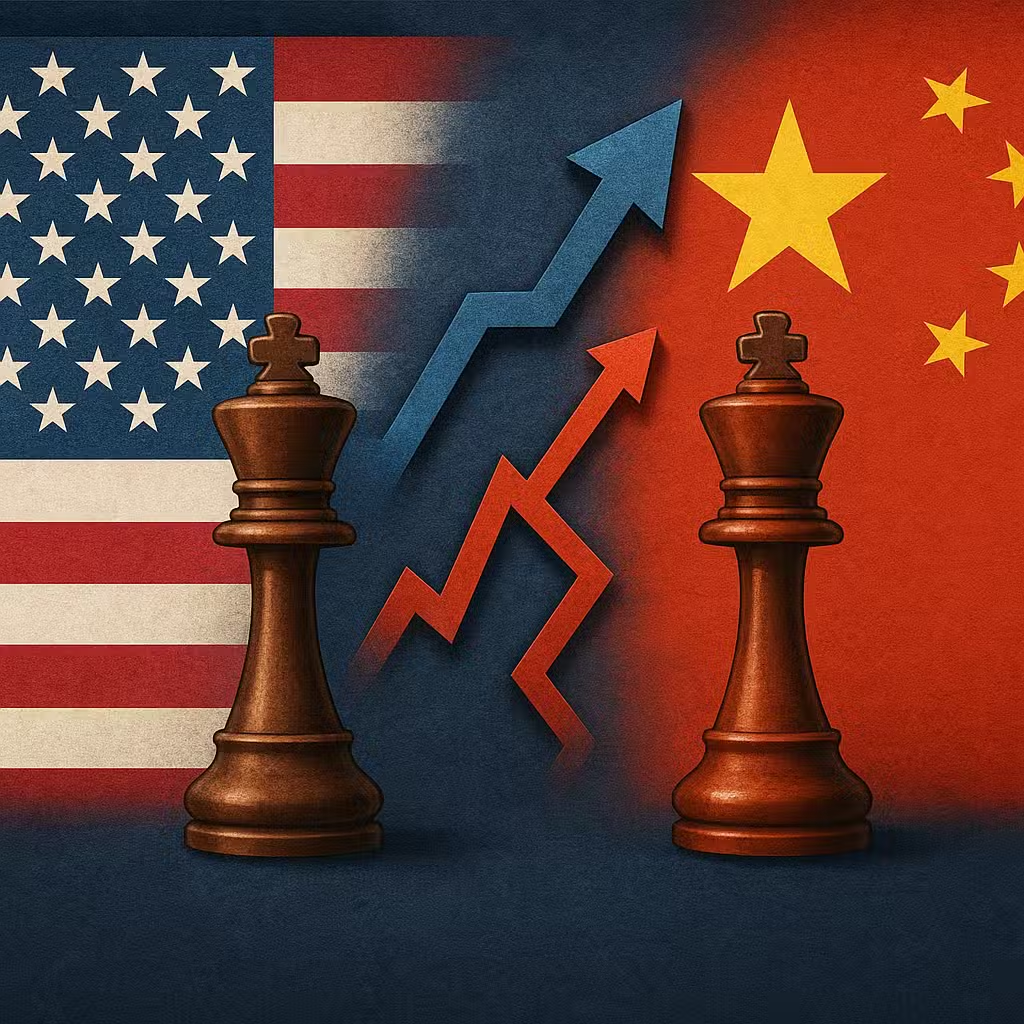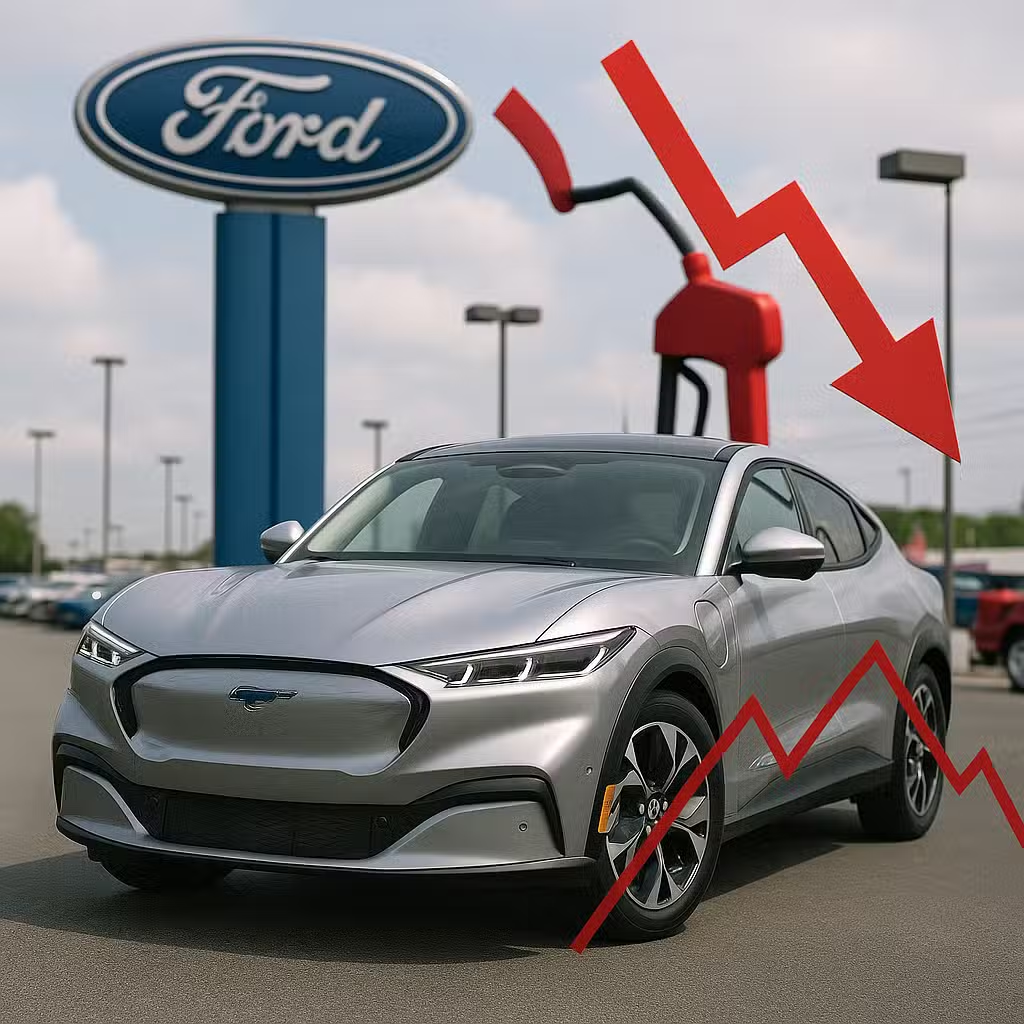US-China Trade Truce Nears End: Key Considerations for Investors on Future Relations
Imagine if your favorite sports team relied on just one player to win every game. If that player got hurt or made demands, the whole team would be in trouble. That’s a lot like how the US depends on China for rare-earth materials, especially during trade arguments.
Why This Matters for Investors
Many US industries—like tech, electric cars, and defense—need rare-earth metals, and most of these come from China. When trade disagreements happen, China can use its control over these materials to get better deals. This could shake up the markets and change the value of entire sectors.
For investors, this means that news about US-China trade relations isn’t just politics; it can affect your portfolio, especially if you own stocks in industries that use rare-earth metals.
Bull Case: Possible Upsides
- Negotiation Leverage: The US and China have a history of making deals after tough talks. Sometimes, these talks lead to lower tariffs and more stable trade.
- Market Rallies: When progress is made on trade, markets often jump—giving investors a quick boost.
- Supply Chain Improvements: Companies may look for new sources of rare-earths, making them less dependent on China in the future.
Bear Case: Risks and Downsides
- Ongoing Tariffs: Even with deals, tariffs usually stay higher than before. This can slow down growth for both the US and China.
- Uncertainty: Trade talks often go back and forth, making it hard for investors to plan long term.
- Sector Pressure: Industries like electronics and electric vehicles could face higher costs or supply delays.
What the Numbers Say
According to Scope Ratings, tariffs have already cut about 0.6 percentage points from China’s economic growth and 0.9 points from US growth. That’s like both teams playing with fewer players on the field—everyone loses a little when trade fights drag on. (Source)
Looking back, history shows that trade battles often hurt both sides. For example, during the US-China trade war in 2018–2019, both countries saw slower growth and higher prices for many goods (PIIE study).
Both Sides: Who Has the Upper Hand?
- China’s Strength: By controlling rare-earths, China can push for better deals in trade talks.
- US Pressure: The US wants results, especially when elections are near. This sometimes leads to quick agreements that may not last.
- Mixed Messages: US leaders often call deals “very successful,” while China stays more cautious, showing the balance of power can shift.
Investor Takeaway
- Keep an eye on US-China trade headlines—they can move the whole market, especially tech and manufacturing stocks.
- Diversify your portfolio to avoid being too exposed to sectors hit hardest by tariffs or supply chain issues.
- Look for companies finding new suppliers or making their own rare-earth materials.
- Remember: Trade tensions can mean short-term ups and downs, but they also push companies to innovate and adapt.
- Stay informed and be ready for both the good news rallies and the rocky periods that come with global trade debates.
For the full original report, see FX Empire







